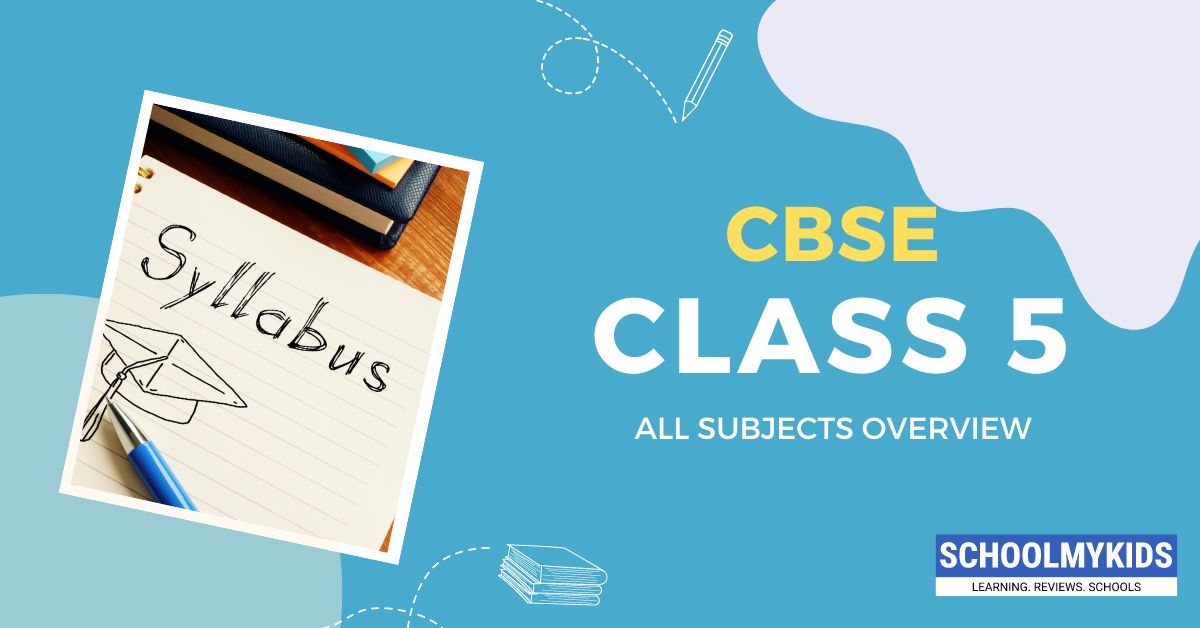The Common Proficiency Test (CPT) is an entry-level examination for the Chartered Accountancy course in India, conducted by the Institute of Chartered Accountants of India (ICAI). This article provides a comprehensive overview of the CPT exam pattern, detailed syllabus, essential preparation tips, and resources for effective study.
Overview of CPT Exam
Purpose of CPT:
- The CPT exam assesses the fundamental knowledge and skills required for pursuing a career in Chartered Accountancy.
Importance of Understanding the Exam Pattern:
- Understanding the CPT exam pattern helps candidates plan their preparation strategically, manage time efficiently during the test, and enhance their chances of passing.
CPT Exam Pattern
Exam Mode:
- The CPT exam is conducted in an offline mode (pen and paper-based).
Subjects:
- The exam comprises four subjects:
- Fundamentals of Accounting
- Mercantile Laws
- General Economics
- Quantitative Aptitude
Type of Questions:
- The question paper includes objective-type questions (MCQs).
Medium of Exam:
- The exam is conducted in English and Hindi.
Duration of Exam:
- The exam is of 4 hours duration, divided into two sessions of 2 hours each.
Total Marks:
- The exam is of 200 marks.
Marking Scheme:
- Each question carries 1 mark, with a negative marking of 0.25 marks for each incorrect answer.
CPT Detailed Question Paper Design
Example of CPT Question Distribution:
| Subject | Session | Number of Questions | Marks |
|---|---|---|---|
| Fundamentals of Accounting | I | 60 | 60 |
| Mercantile Laws | I | 40 | 40 |
| General Economics | II | 50 | 50 |
| Quantitative Aptitude | II | 50 | 50 |
| Total | 200 | 200 |
Detailed CPT Syllabus
Fundamentals of Accounting:
- Accounting Process
- Bank Reconciliation Statement
- Depreciation Accounting
- Preparation of Final Accounts
- Accounting for Special Transactions
Mercantile Laws:
- The Indian Contract Act, 1872
- The Sale of Goods Act, 1930
- The Indian Partnership Act, 1932
General Economics:
- Introduction to Microeconomics
- Theory of Demand and Supply
- Theory of Production and Cost
- Indian Economic Development
Quantitative Aptitude:
- Ratio and Proportion, Indices, Logarithms
- Equations and Matrices
- Linear Inequalities
- Permutations and Combinations
- Logical Reasoning
Preparation Strategy
Understanding the Exam Pattern:
- Familiarize yourself with the exam structure, marking scheme, and question distribution to plan your preparation effectively.
Focus on Fundamentals:
- Strengthen your basics in accounting, mercantile laws, economics, and quantitative aptitude.
Practice Previous Years’ Papers:
- Solve previous years’ question papers to understand the exam trend and difficulty level. This helps in identifying important topics and improving time management.
Take Mock Tests:
- Regularly take mock tests to simulate the exam environment, assess your preparation level, and identify areas that need improvement.
Effective Time Management:
- Allocate specific time slots for each subject and stick to the schedule. Practice time-bound solving to enhance speed and accuracy.
Recommended Resources
Free Study Materials:
- ICAI study material and practice manuals
- Online resources and practice tests for each subject
- NCERT textbooks for basic concepts
YouTube Channels:
- CAstudyweb: Offers comprehensive video lessons and practice exercises for all subjects.
- Unacademy CA Foundation: Provides detailed explanations and strategies for tackling different sections of the CPT.
- Edu91: Features expert-led sessions and problem-solving tutorials.
Conclusion
Preparation Strategy:
- Understanding the exam pattern, focusing on fundamentals, practicing previous years’ papers, and taking regular mock tests are key to excelling in the CPT exam.
Resources:
- Utilize free study materials and educational YouTube channels to strengthen your preparation.
FAQs
Common Queries about CPT:
Q: What type of questions are asked in the CPT? A: The CPT comprises objective-type questions (MCQs) that test the candidate’s knowledge in accounting, mercantile laws, economics, and quantitative aptitude.
Q: What is the marking scheme of the CPT? A: The exam is of 200 marks, with each question carrying 1 mark and a negative marking of 0.25 marks for each incorrect answer.
Q: How important is the syllabus for the CPT? A: The CPT syllabus forms the core of the subjects being tested. Thorough understanding and revision of the syllabus are crucial for scoring well in the exam.
Q: Are there any limits on the number of attempts for the CPT? A: There are no official limits on the number of times you can take the CPT, but candidates should check specific eligibility criteria for each attempt.
Q: How can I manage time effectively during the CPT exam? A: Practice time-bound solving of previous years’ papers and take regular mock tests to enhance your speed and accuracy. Allocate specific time slots for each subject and stick to the schedule during the exam.






